RICHARD ANUSZKIEWICZ (1930-2020)
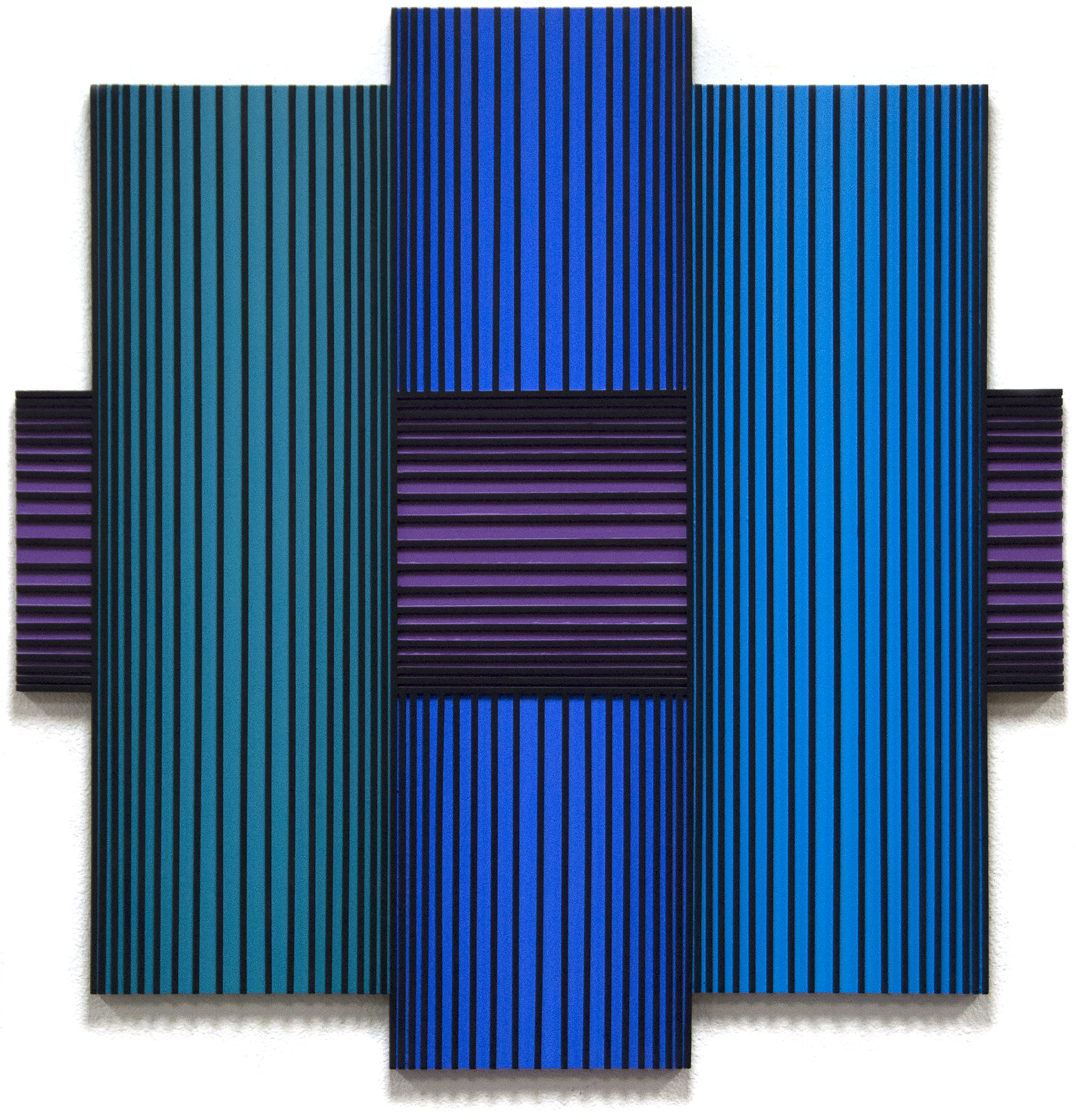
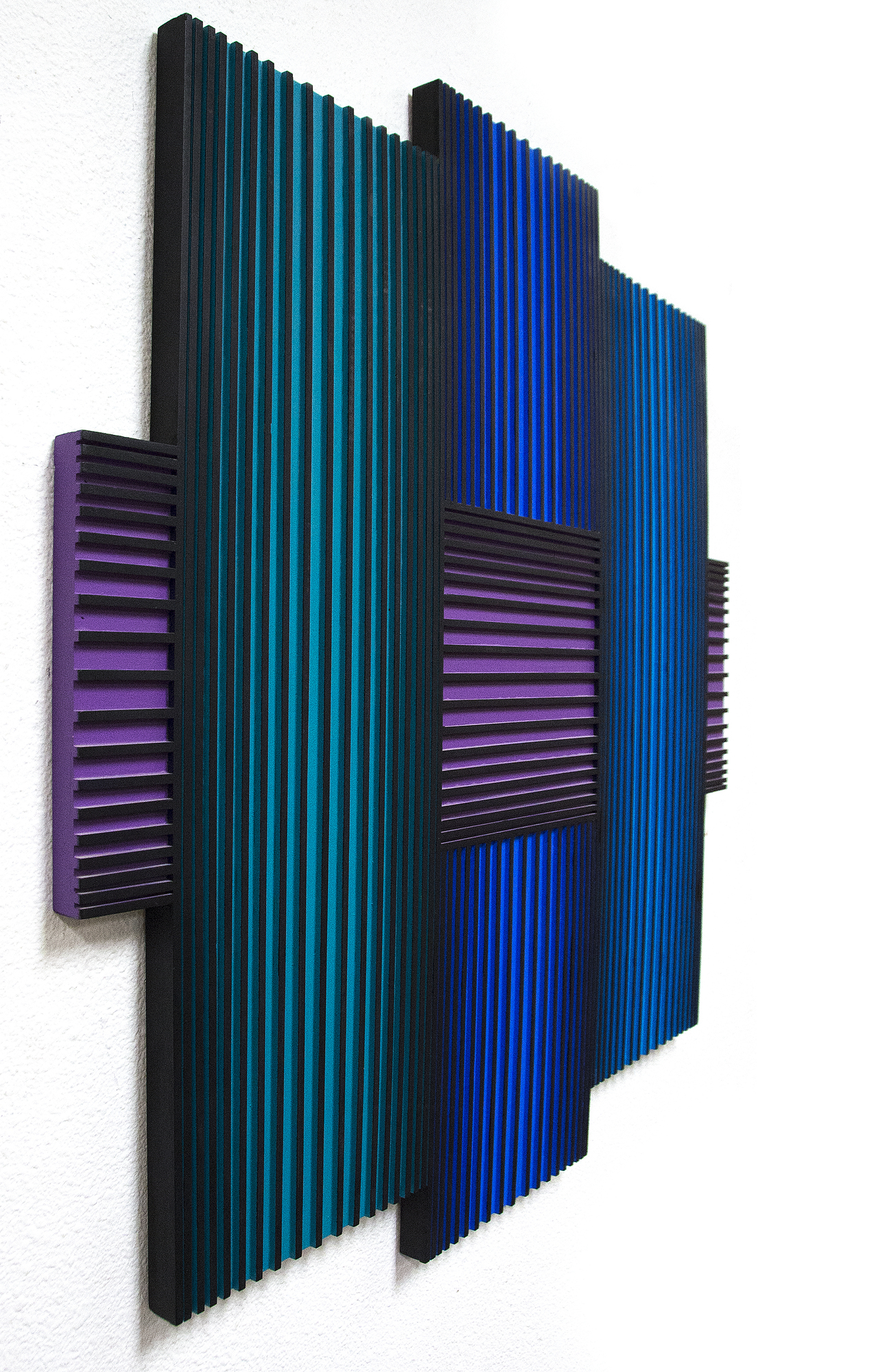
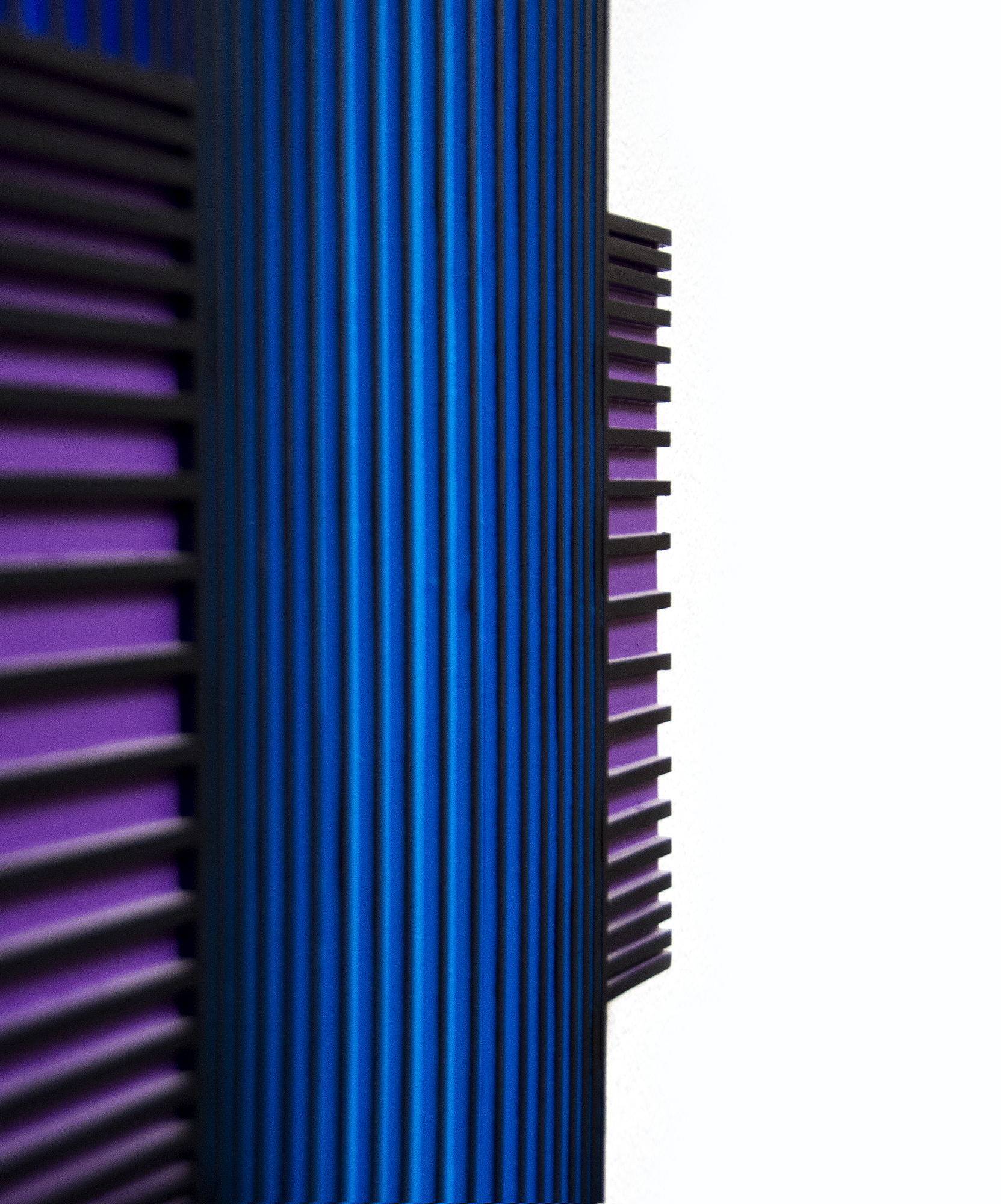

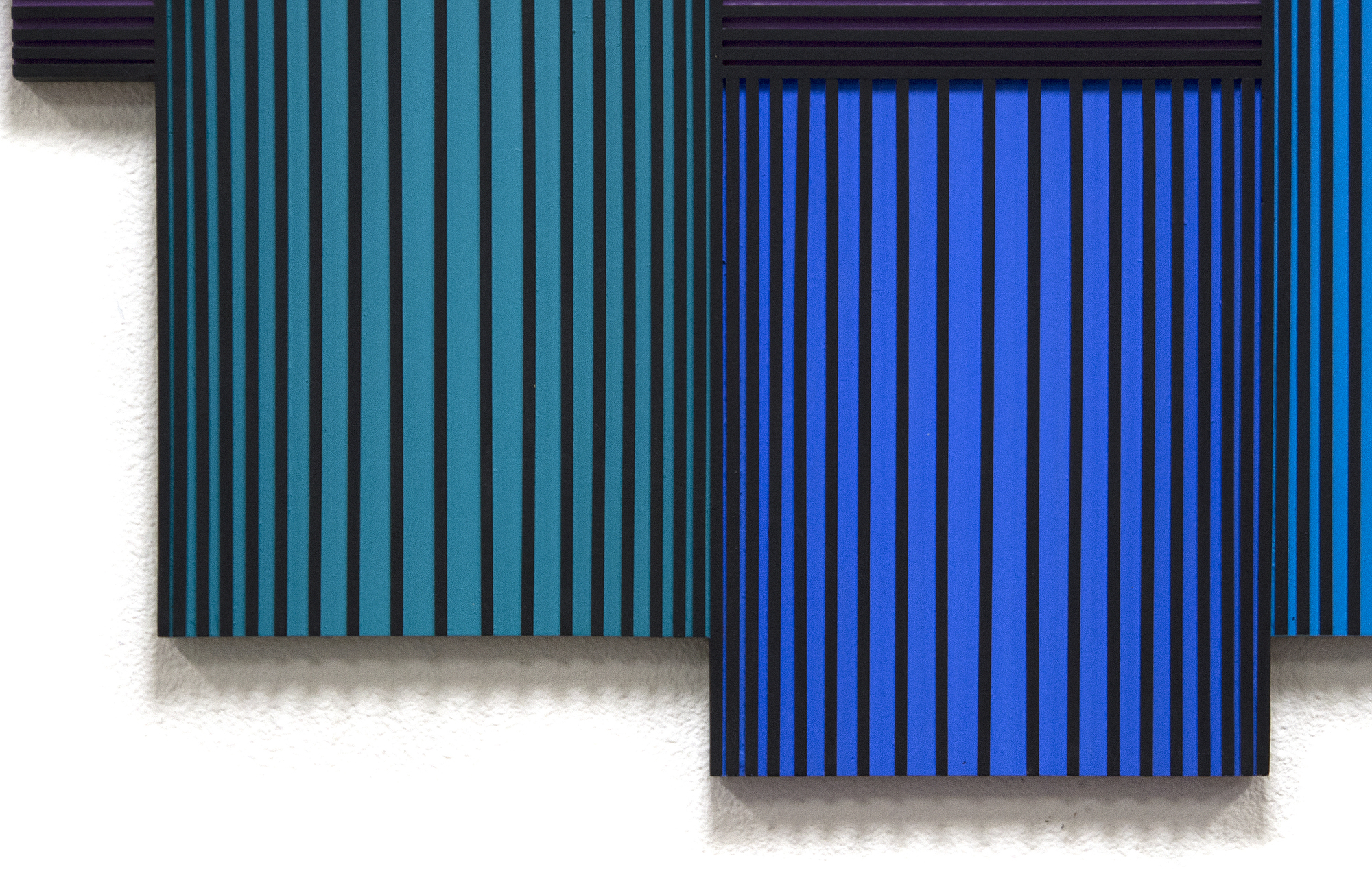



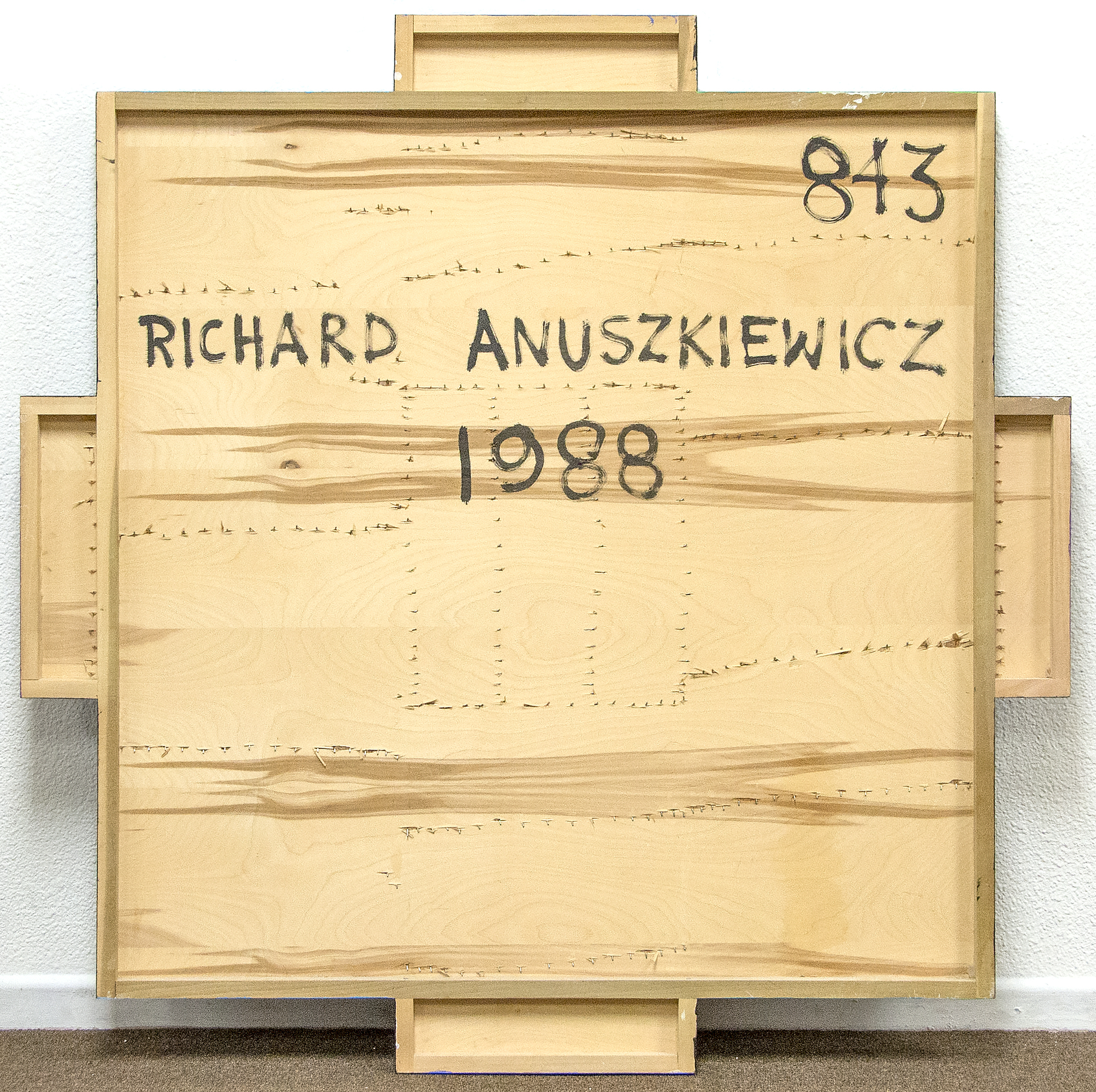
Provenance
Collection of the ArtistCharles Foley Gallery, Columbus, Ohio
Private Collection, California, 1988
Heather James Fine Art, California
Private Collection, California, 2019
85,000
A student of Albers, Richard Anuszkiewicz, used enamel and acrylic paint on wood in such a way to create his uncompromising and exact compositions. A great sense of action can be felt in the present work, "Translumina". The sister piece to "Translumina," "Translumina II" (1986), is in the permanent collection of the Albright-Knox Art Gallery, Buffalo.


